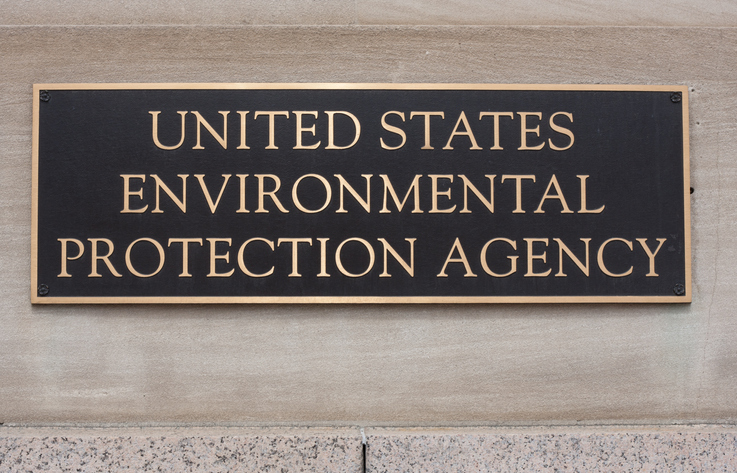The EPA has been aggressively working to advance recycling efforts in recent years. Education has improved, and the general public has learned a lot about what and how to recycle. Far more businesses provide recycling containers and have their own onsite commercial recycling equipment now than they did 20 years ago. In 1980 only 10 percent of municipal solid waste was recycled or composted. That number rose to 32.1 percent in 2018. Clearly, there’s still room for improvement, and businesses can help.
In 2020, the EPA Administrator announced its National Recycling Goal: a recycling rate of 50 percent by 2030. As part of the EPA’s plan to increase recycling and create a more cost-effective system for managing MSW, it has also unveiled its National Recycling Strategy. The strategy is described as “part one of a series on building a circular economy.” Five more parts are scheduled in the EPA’s series. They’ll address plastics, food waste/organic, critical minerals and electronics, built environment, and textiles; no word on when those will be released.
The EPA’s National Recycling Strategy includes five objectives:
A. Improve Markets for Recycling Commodities.
B. Increase Collection and Improve Materials Management Infrastructure.
C. Reduce Contamination in the Recycled Materials Stream.
D. Enhance Policies to Support Recycling.
E. Standardize Measurement and Increase Data Collection.
Most of these objectives focus on the EPA’s external stakeholders, like the National Recycling Coalition and the Institute of Scrap Recycling Industries, rather than individuals and businesses. The EPA says it’s working on a plan to implement the strategy, with help and collaboration from those stakeholders.
Objective C is relevant for everyone, though—especially businesses that generate enough waste to have their own commercial recycling equipment onsite.
Contamination and Your Commercial Recycling Equipment
Contamination is a huge problem in our current recycling system. An entire load of recyclable paper can be made worthless due to plastic, food waste, or other types of contamination getting mixed in. Bear in mind that something doesn’t necessarily have to be dirty to be a contaminant. Contamination happens any time something that can’t be easily recycled is mixed in with recyclable material. Rigid plastic mixed in with a bale of cardboard is an example. (Miller Recycling has found all kinds of contaminants in loads of recovered cardboard, including a toilet seat and office chair.)
Contamination has become even more urgent for American recyclers since China tightened its restrictions on importing foreign waste. Before the National Sword policy was enacted, there was a market for lightly contaminated loads of American recyclables. Now there are fewer places where importers are willing to buy materials that they know might be 98 percent cardboard and 2 percent contamination.
The tightening of the market forced companies like Miller Recycling to be strict about standards for customers’ recyclables. Simply put: You’re going to see it reflected in your price if your business generates loads of cardboard or other materials that are contaminated. If contaminants can’t be sorted out from the other material, your business’s waste will end up in a landfill, and the supplier would be charged accordingly.
What can business leaders do?
Business leaders can play an important role in recycling education. Your commercial recycling equipment, as well as your office recycling containers, should have clear signage telling people what can (and can’t) be disposed of there. Company-wide reminders that balers and other recycling equipment are only to be used by approved operators and that nothing but clean cardboard should ever be thrown into a baler can also help.
Post signs near recycling containers and equipment can remind or warn people about “wish cycling.” It’s often to blame for contamination, and it happens because people aren’t entirely clear about what materials can be recycled. Throwing something into a recycling container because you think or hope it can be recycled does more harm than good—make sure your employees know that.
Expect to see and hear more messaging around recycling education in the coming years. In June 2022, the Bipartisan Infrastructure Law authorized $375 billion in EPA funding for new recycling and waste prevention programs. The money will be used for grant programs and to develop uniform guidelines for recycling best practices. Some grant money will be reserved for education and outreach to increase the public understanding of how to recycle correctly.
Miller Recycling meets our clients’ wide-ranging business recycling needs. From keeping clients informed about relevant EPA legislation to making site visits to advise about their commercial recycling equipment needs, Miller Recycling is here to make responsible waste management as easy and cost-effective as possible. Contact me today.


